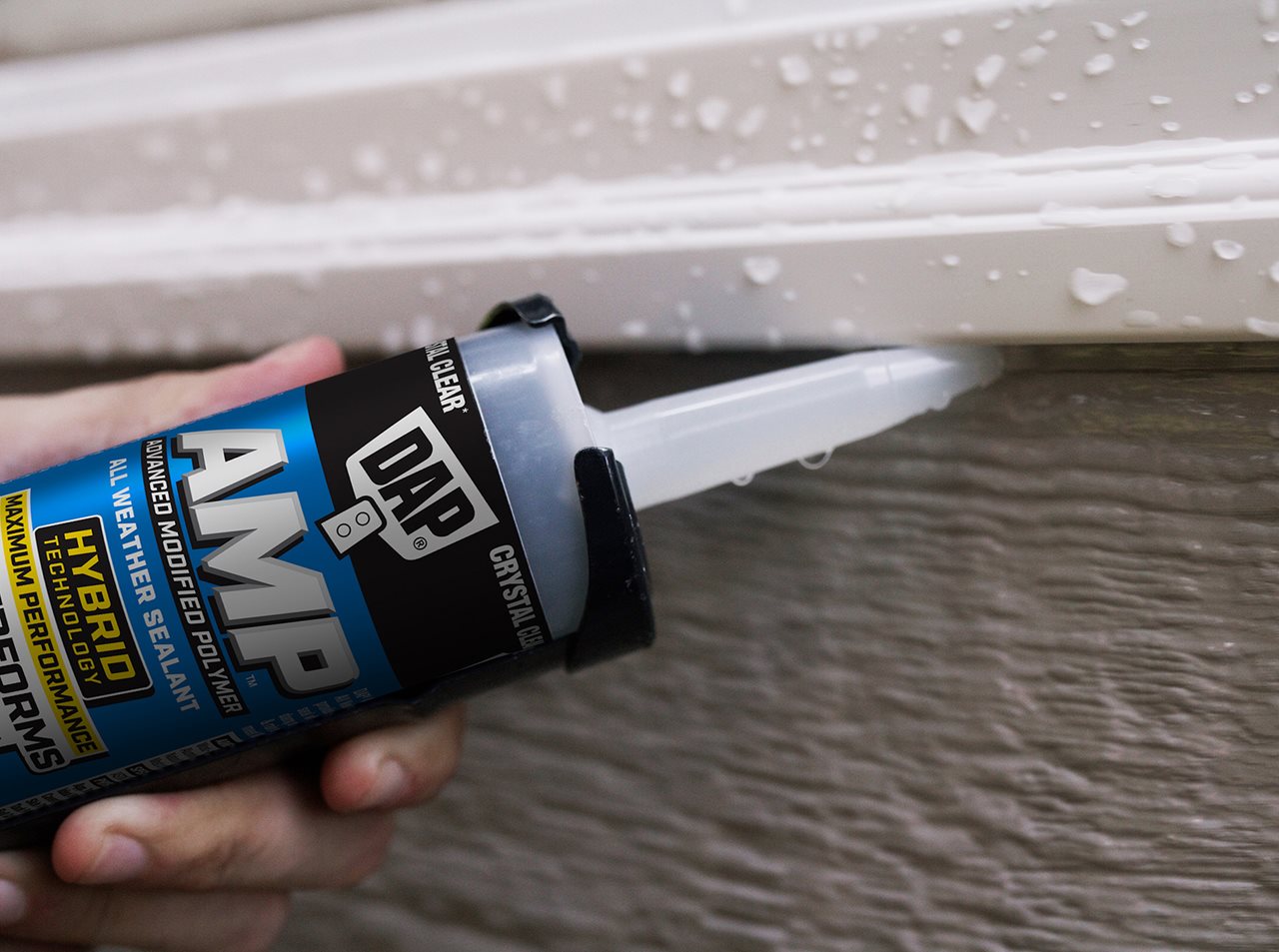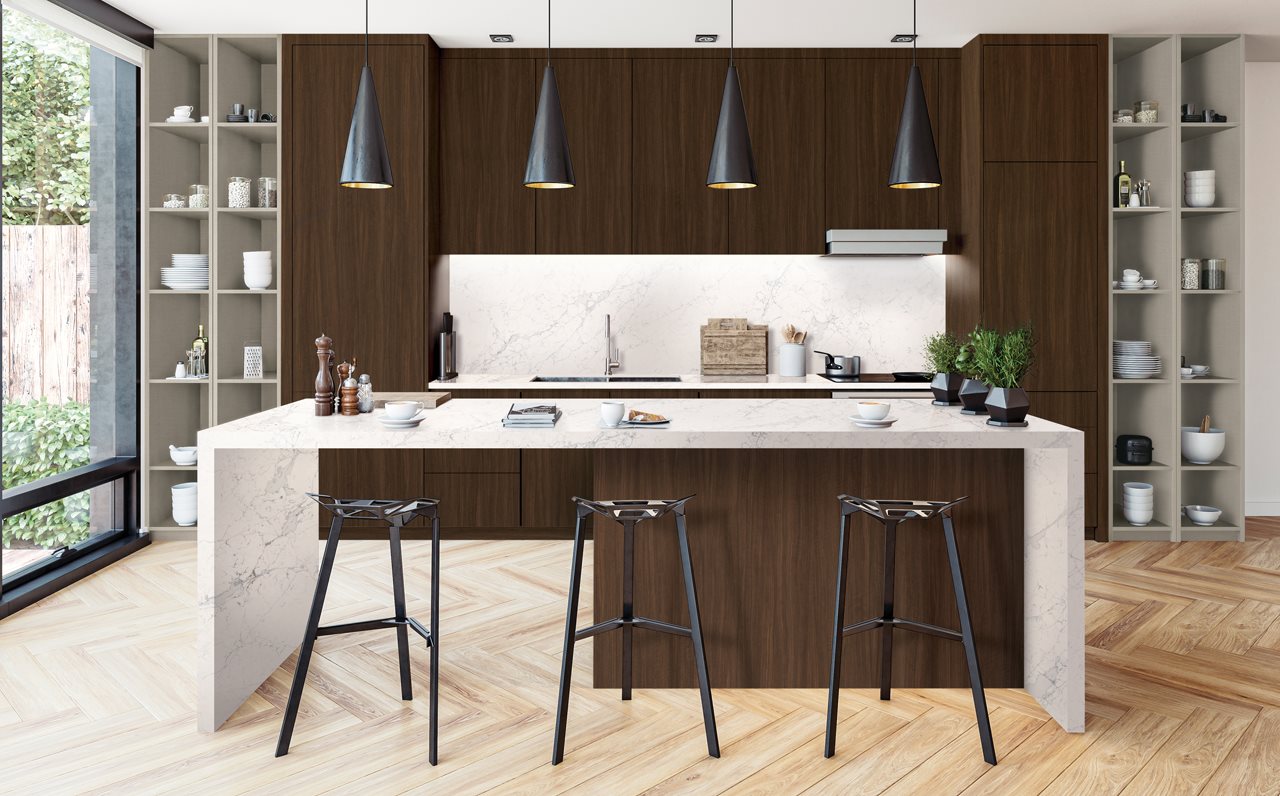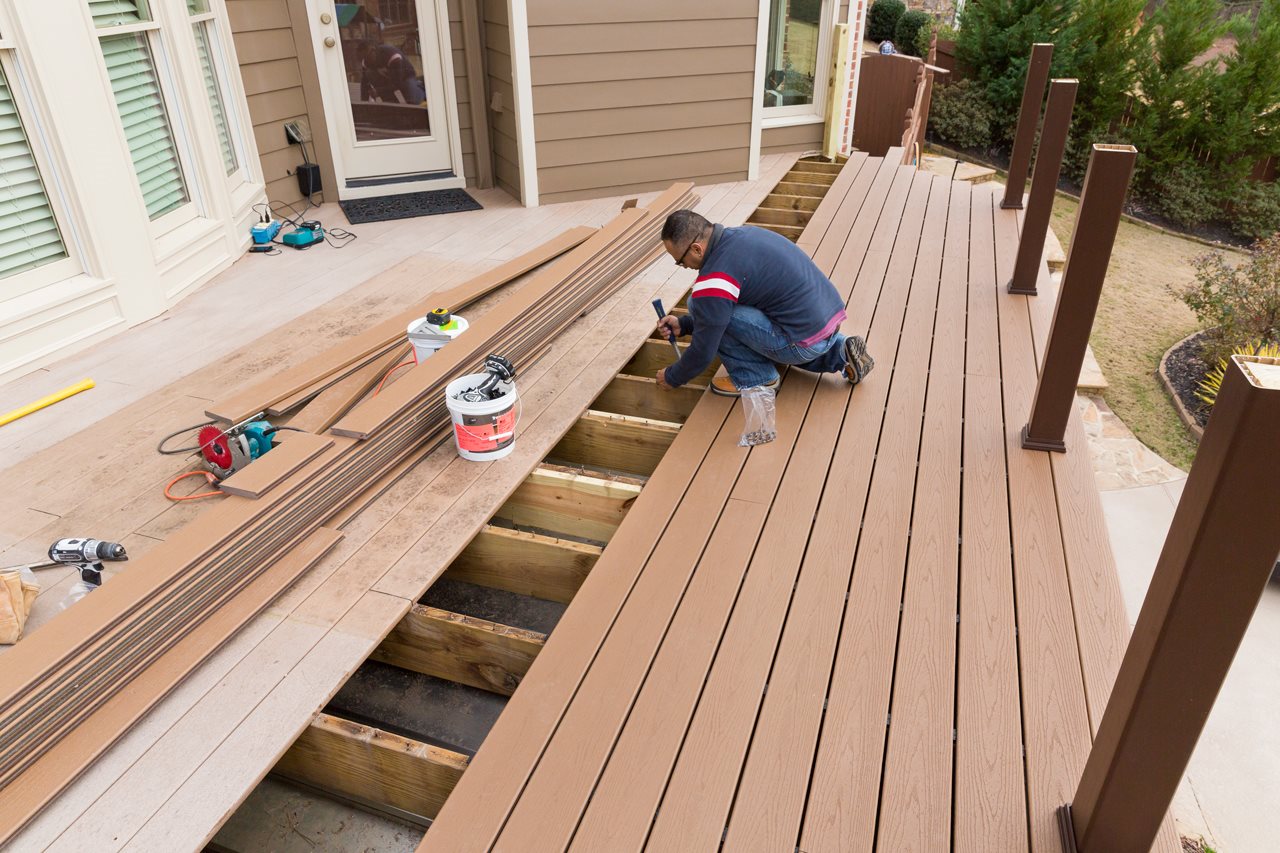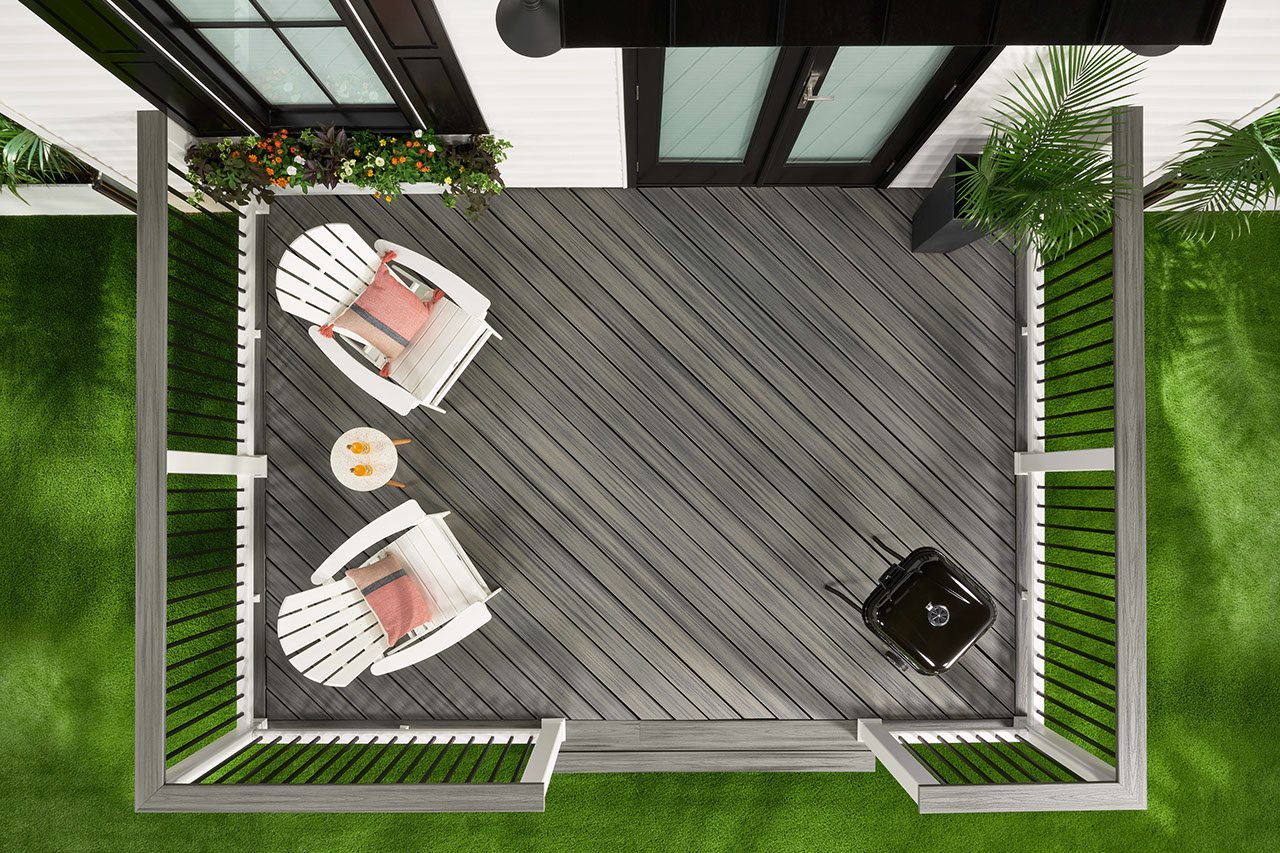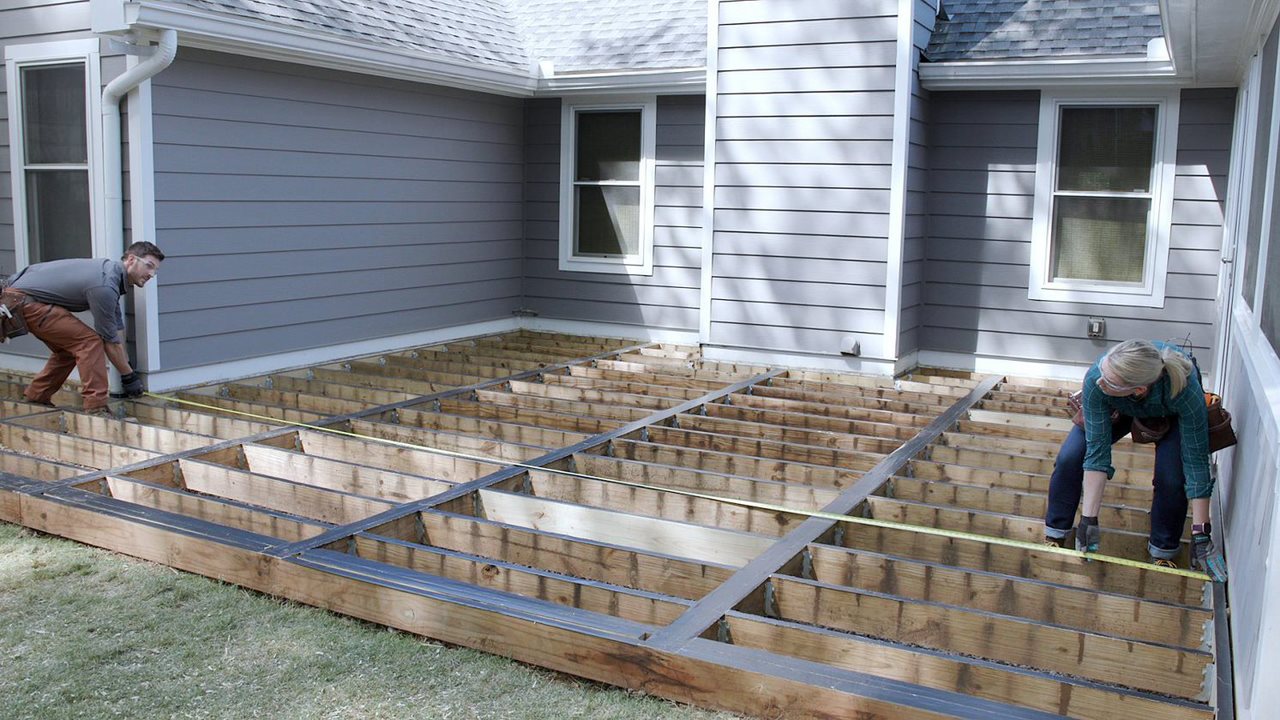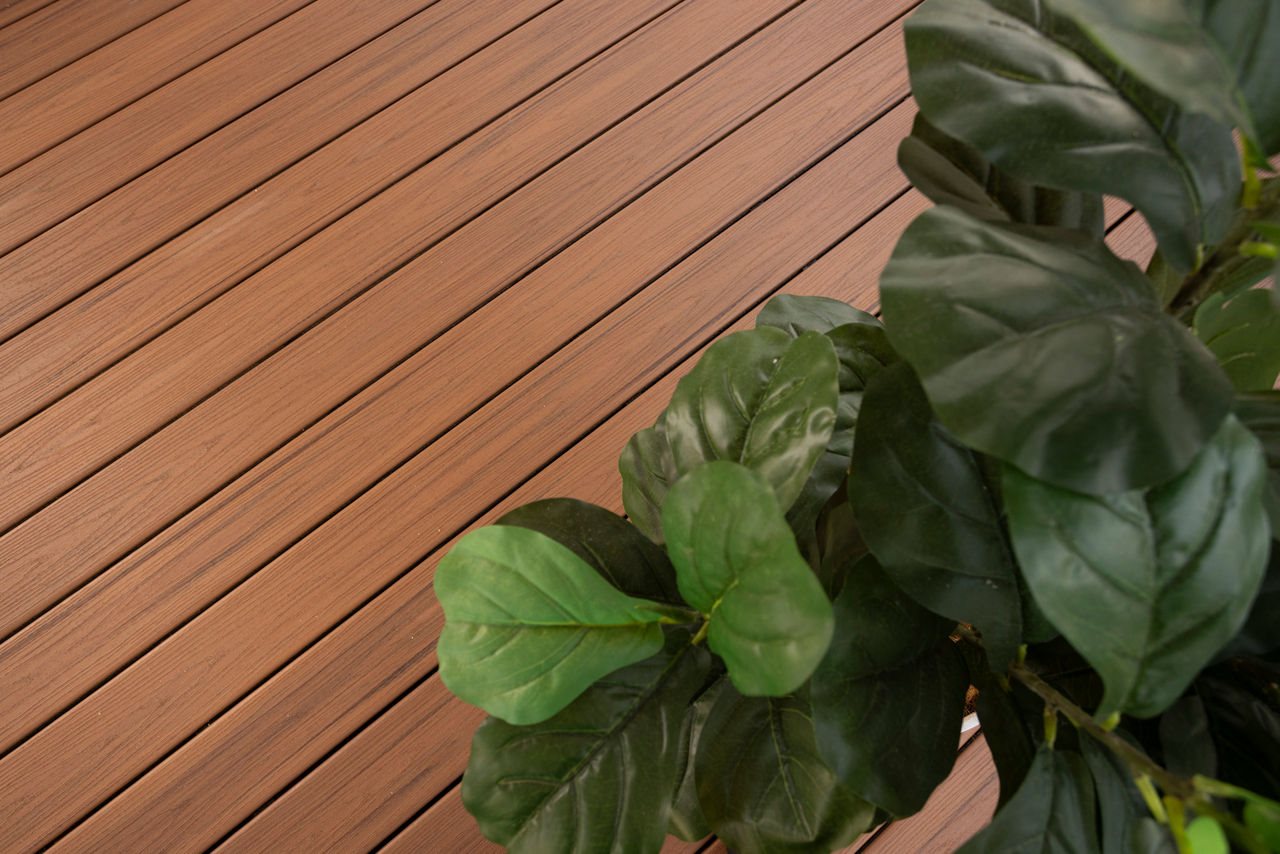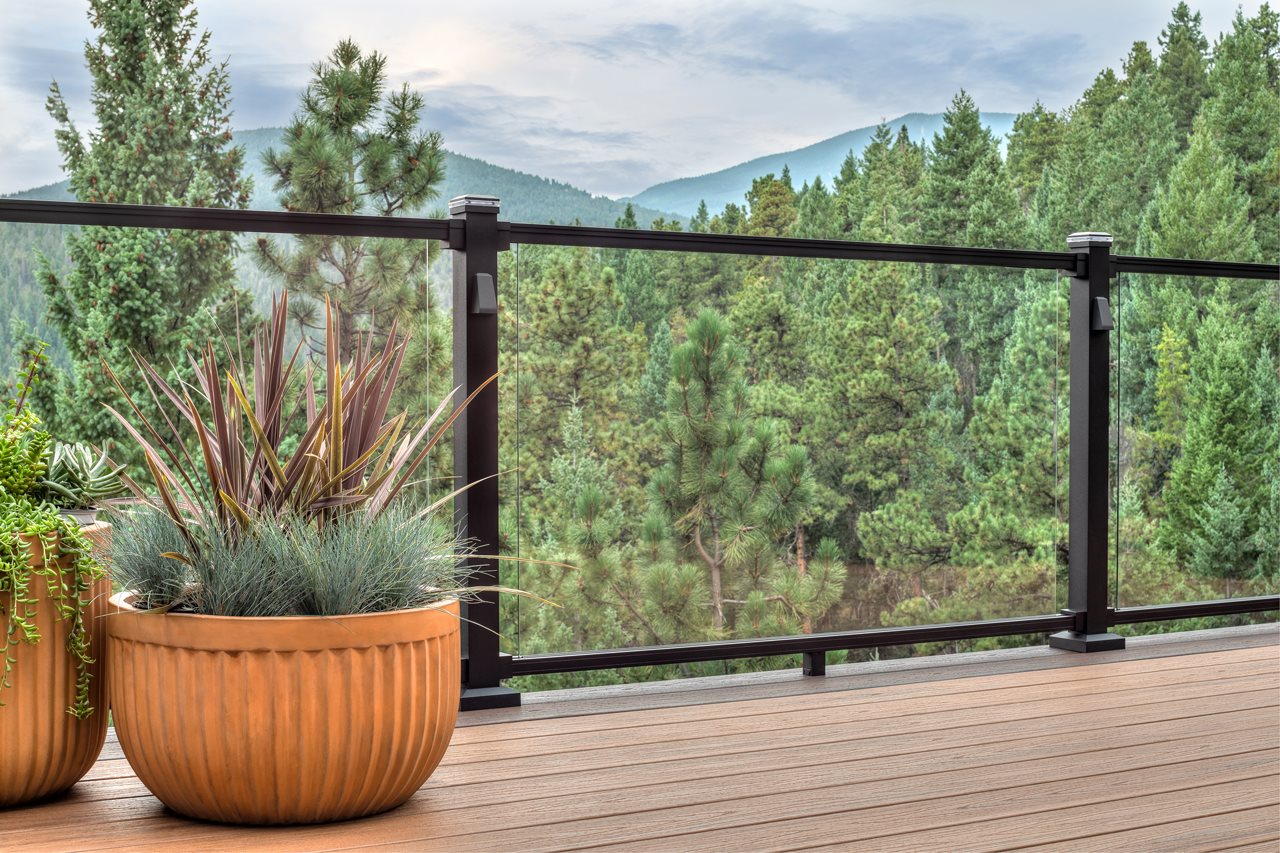2023-10-04T09:15:00
(BPT) – As temperatures turn cooler, it might seem premature to think about springtime outdoor projects, but when it comes to planning a spring deck build, now is actually the perfect time to start. The fall and winter months provide an ideal window of opportunity to lay the groundwork for a successful and stress-free spring deck construction project. Here are some key steps and considerations to ensure your new deck will be ready to enjoy when the flowers start to bloom.
1. Define your vision
Every successful deck project begins with a clear vision. Spend some time this fall and winter envisioning your ideal deck. Consider its purpose — will it be a space for outdoor dining, relaxation or entertainment? Think about the deck’s size, shape and design elements. Gather inspiration from home improvement magazines, social media platforms and websites like Decks.com to help refine your vision. Then, utilize online tools, like those offered by the outdoor living experts at Trex, to bring your vision to life. Digital tools, such as their AR Visualizer and Deck Designer, can help to further define details. You can also find a wide array of ready-made deck plans online that offer ideas and inspiration.
2. Lock in labor
One of the first things you’ll need to decide is whether you plan to build the deck yourself or hire a professional. If you have the skills to DIY, take advantage of online resources, like Trex Academy, for expert tips and step-by-step instructions to help get the job done. If you plan to work with a contractor, fall is an excellent time to start the vetting process. Quality deck builders are often in high demand and tend to book out months in advance. Securing a contractor in fall ensures you’ll have a skilled professional ready to begin work when the weather allows in the spring.
3. Plan for permits
Deck construction often requires permits, depending on your local building codes and neighborhood associations, if applicable. Take advantage of the fall and winter months to research local building codes and obtain any necessary permits and approvals. This process can be time-consuming, so getting a head start will ensure that you don’t face any unexpected delays come spring.
4. Set your budget
Setting a budget early gives you time to make any necessary adjustments and ensures you won’t be caught off guard by unexpected costs once installation begins. Be realistic and consider all potential expenses, including labor, permits, substructure materials, decking, railing and any additional features or amenities you might want to include, such as lighting, an outdoor sound system or an under-deck drainage system. Online resources like the Trex Cost Calculator can help to ensure your vision is financially feasible. Simply answer a few questions about your space, like the material you plan to use and the deck dimensions, to determine an estimated price range for your project.
5. Research materials
The choice of materials for your deck is crucial as it directly impacts both the aesthetics and longevity of your outdoor space. Fall is an ideal time to research the range of available options. Consider factors like durability, maintenance requirements and sustainability when making your decision. Trex composite decking, for instance, is made from 95% recycled and reclaimed materials and never needs to be sealed or refinished like wood. The brand’s latest innovation, Trex Transcend Lineage, even features heat-mitigating technology that keeps the boards cooler under the sun than other composite offerings. Many above-ground decks require railing, so be sure to take that into account as well. Railing options are myriad and the costs vary widely, so planning ahead ensures you have time to make the choices that are right for your project and your budget.
Planning ahead for a spring deck build during the fall and winter months is a wise decision that can save you time, money, and stress in the long run. By following these steps, you’ll be well-prepared to embark on your deck construction project when the warmer weather arrives. With careful planning and attention to detail, your dream deck will soon become a reality, providing you with a beautiful and functional outdoor space to enjoy for years to come. For more outdoor living inspiration, visit Trex.com.








